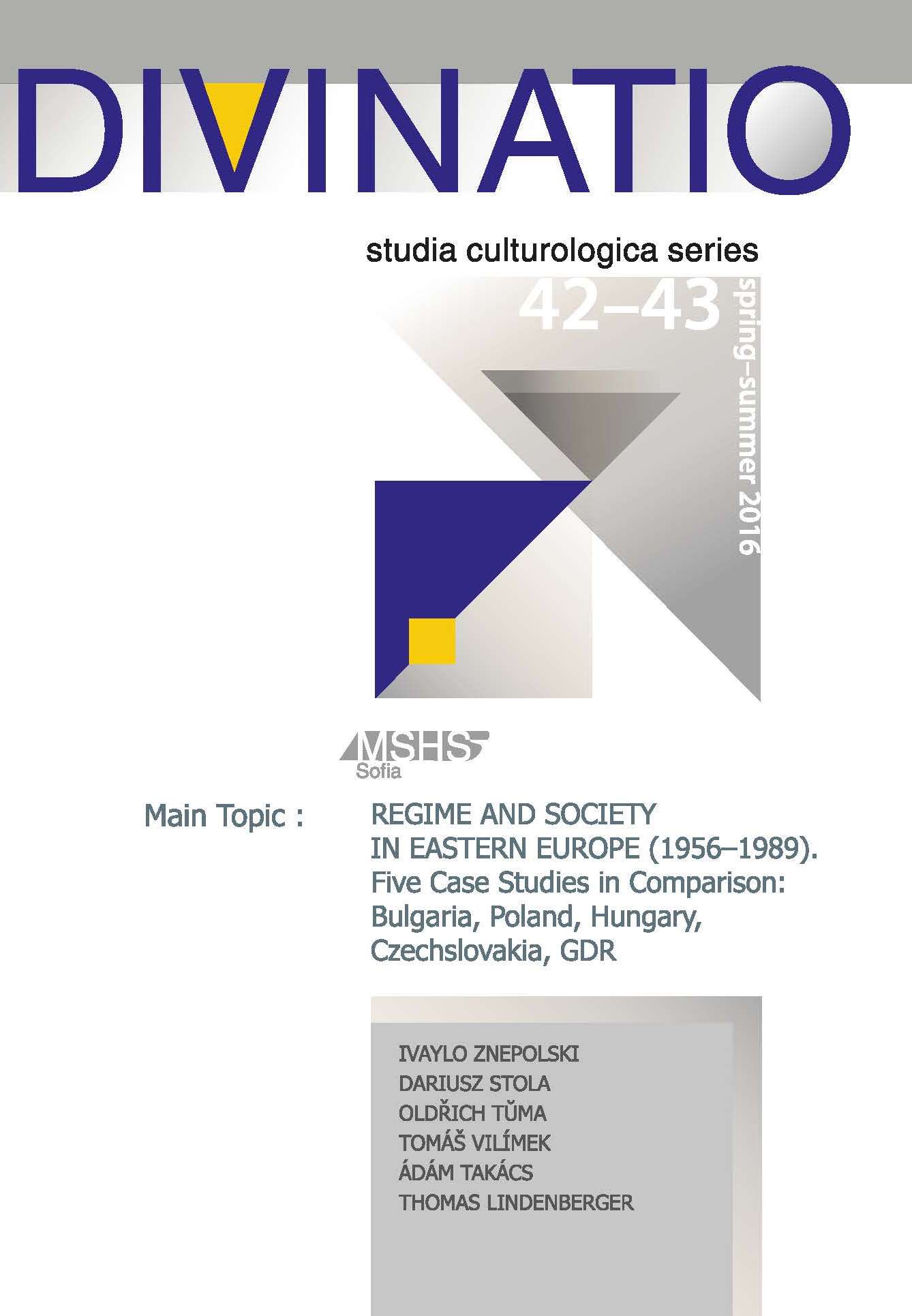
We kindly inform you that, as long as the subject affiliation of our 300.000+ articles is in progress, you might get unsufficient or no results on your third level or second level search. In this case, please broaden your search criteria.

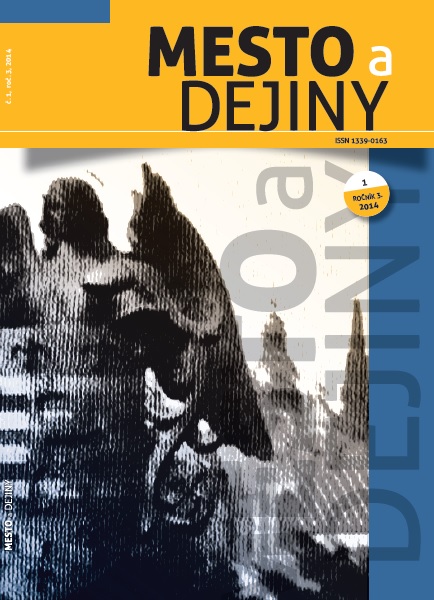
Market towns’ privileges and their system of self-government and administration were similar to the free royal cities. In the late 14th century, Miskolc doubled in size, besides the „Old Town“, the „New Town“ was first mentioned in 1376, with its own weekly fairs and administration, even with a separate parish. The parish church of the New Town, first mentioned in one of the Pope’s deeds in 1445, bore the name of the Holy Virgin Mary as its title. The fact that a cotters’ street or quarter came into being next to the church of the New Town indicates the independence of the New Town and its parish, similarly to the Old Town. The separation of the Old Town and the New Town was a medieval phenomenon, however the dual centres did not survive the Middle Ages, as Miskolc was burnt down by the Turkish troops in 1544. On the ruins of the former parish, a new baroque monastery of the Conventual Franciscans (Minorites) was built in 1720s, and a Minorite scribe made a small drawing in the protocol of the convent showing the outline of the medieval church.
More...
Between Moravia and Prussia there was an important medieval route passing through the economic and political centres (Olomouc, Opava, Raciborz, Krakow and Torun). A very important medieval route existed between Moravia and Prussia, connecting the economic and political centres (Olomouc, Opava, Raciborz, Krakow and Torun). Situation on this road made it possible to research the continuous material and ideological transfer, the existence of which is evident from the archaeological finds in Opava region. We have compiled three thematic groups of artefacts which include utility ceramics, numismatic material, and sacral artefacts used by pilgrims. Within the identified system, various groups of travellers including merchants, artisans, diplomats and pilgrims can be detected.
More...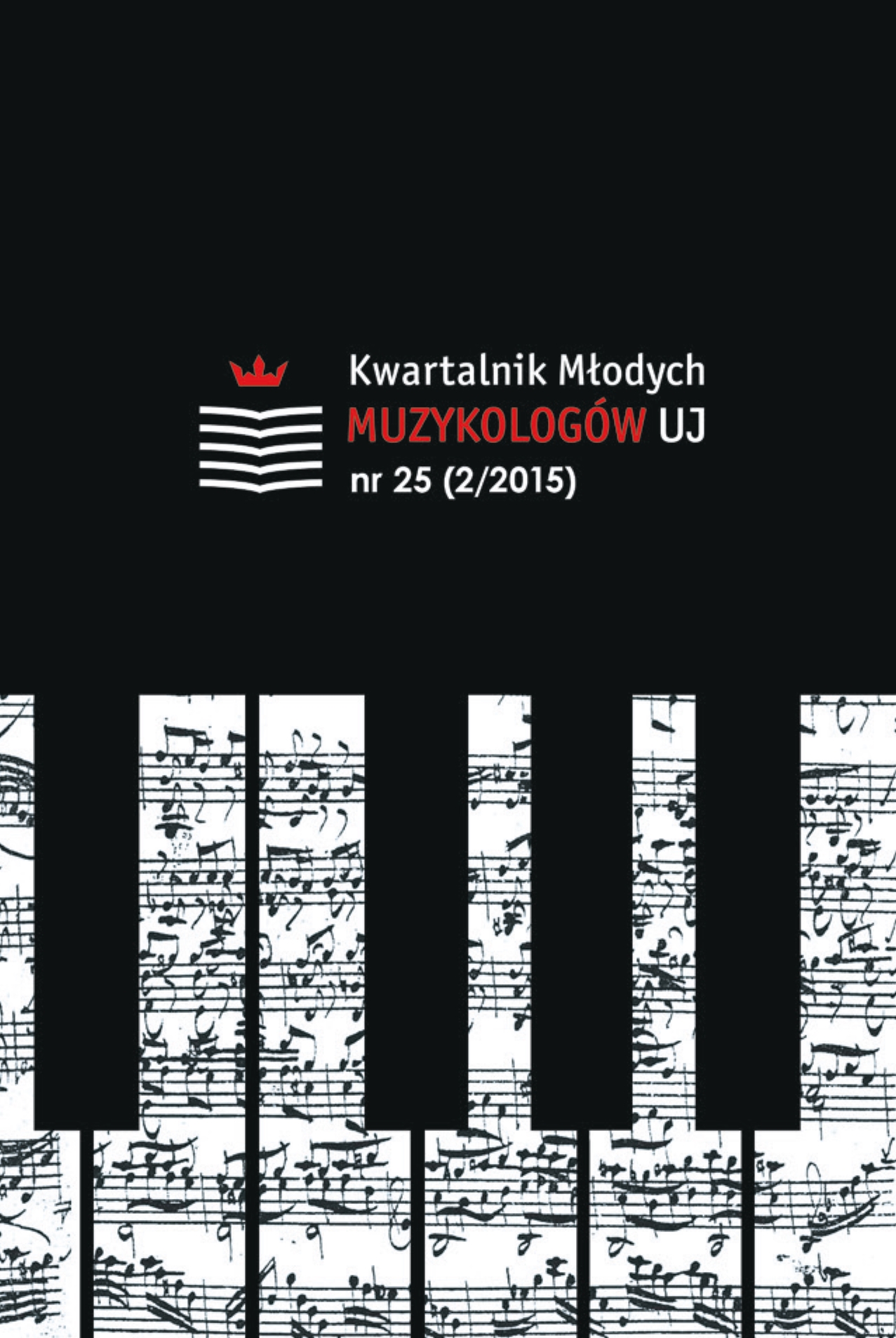
„La buona figliuola” („The Accomplish’d Maid”) is an opera buffa in three acts by Niccolò Piccinni and Carlo Goldoni. The librettist based his text on Samuel Richardson’s novel „Pamela, or Virtue Rewarded”. It was performed for the first time at the Teatro delle Dame, Rome on 6th February 1760 with an all male cast. It was a big success and „La buona figliuola” took Europe by storm. Every European opera house had this opera in its repertoire. The performances were in: Barcelona, Prague, Vien, Dresden, London, Berlin, Mannheim and Paris. This opera was probably performed even in Beijing by Jesuits in 1778. „La buona figliuola” was so popular in Europe that Stanisław August Poniatowski, the King of Poland, wished it for his coronation ceremony. The performance took place at the National Theatre on 7th August 1765, just five years after the world premiere. This opera was also very popular in Warsaw. People loved the story of a simple and good maid Cecchina. Seventeen years later, Wojciech Bogusławski, the director of the National Theater, translated and adapted Goldoni’s opera and named it „Czekina albo cnotliwa panienka” („Czekina or a Virtuous Maid”). He performed it in 1782 with big success. First of all, the article describes the historical context of the creation of libretto – the Carlo Goldoni’s biography. Next, it presents the story of maid Cecchina and the phenomenon of the description of the Polish theories of translation from the 18th century, the Polish version of the opera – „Czekina or a Virtuous Maid”, is presented. Finally, two versions of the libretto – the Goldoni’s and the Bogusławski’s, are compared.
More...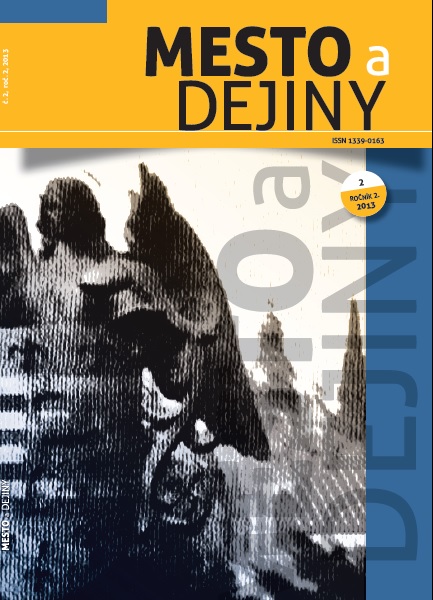
This study presents a biography of one of the burgherois origin officials – Marek Walticher. He was a son of a merchant born in Pressburg. Marek Walticher came from vicinity of Pressburg Catholic patricians, mainly through his mother‘s family. Marek Walticher´s career had three periods. Initially he was employed in the Hungarian Chamber. Later he moved to the Mikuláš Esterhazy palatine barnyard, where he worked as his accountant and then he worked in important position of palatine office clerk. On the top of his career he worked as a main royal customs officer in Magyaróvár and he was appointed by monarch as a royal counselor. The study also presents detailed genealogical analysis of his family and social contacts of his wider kinship.
More...
The study deals with suburban churches and hospitals in medieval Košice. Author evaluates historiography published on this topic and presents results of detailed research of town books and tax registers. The aim of contribution consists of characterizing of the development, i.e. origins and cessation of the buildings, their approximate geographical location as well as the position in the church administration of Košice. The existence of three churches and two hospitals surrounding the walled town has been proved by the research. The main and also the oldest hospital with a church had patrocinium of the Holy Spirit. It laid in front of the Lower Gate on south. As the second one, the church of St. Ladislaus was erected in the northern suburb. The last such objects built here in the Middle Ages were leprosarium and church of St. Leonard on the west side. In addition to this, there was constructed one more church in the town´s cadaster, staying in the village of Košická Nová Ves.
More...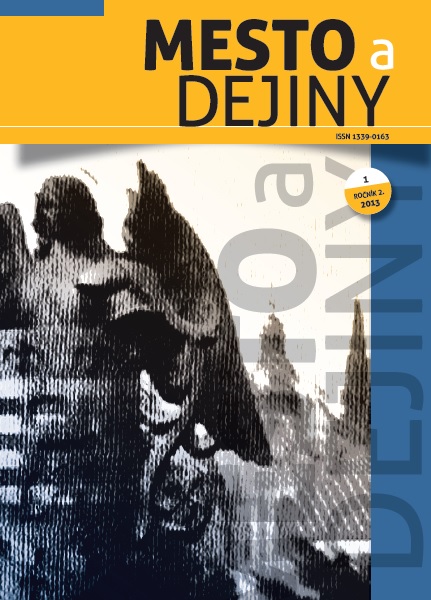
This contribution describes and evaluates four wells explored or documented in 1990s in the streets of Košice. Two of the wells were investigated in Hlavná Street – one of them is located in the Lower Gate area and the other is near the Immaculata. The third well was researched in Dominikánske Square. The well in front of Kováčska Street 26, damaged by a sewer trench, was documented only. Profile of the wells is round, narrowing towards the bottom. Their construction character is identical as well – stone walls built on a wooden base construction. The maximum difference between the bottoms’ levels is 1.5 m. It was impossible to measure the depth and identify the construction method of the well in Kováčska Street – in front of Kováčska 25, as it was situated under the bottom of the sewer trench backfill. Despite the fact that dating of the wells was not possible, it is undoubtable that they were used in the modern era. They disappeared when the city water supply was built in the beginning of the 20th century.
More...
The presented paper deals with the organization of municipal economy administration in Košice in 16th and 17th century. The study is based on the analysis of the lists of elected municipal officials, the account books of city and individual officials from the particular period, which are located in Košice City Archives. It presents and evaluates transfers in the structure of municipal economy administration and its competences in the period of municipal economic and political bloom as well as in the period of its gradual stagnation.
More...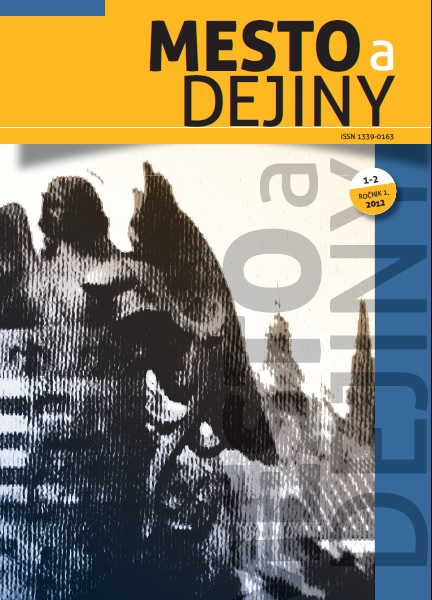
The history of Košice in the 16th century exemplifies a Micro History of the Reformation including all local particularities. The three persons from the church background in the town represent three characteristic types and three developmental phases of initial period of the Reformation in Košice. During this time the initiative shifted from clergy to the city council, which unprecedentedly extended his competence into theology and mainly liturgy. At the same time, contact with other towns in the region and also with Wittenberg was reinforced due to the correct interpretation of reformation teachings. At that time, the city council presented itself as a competent institution with the right and the duty to uphold the responsibility for religious issues also in theological meaning.
More...
The paper deals with issues pertaining to the relations and communication between the representatives of the town administrations in Košice, Bardejov and Prešov in the 15th century. The reflection of these relations may be found in correspondence preserved in the archives of these towns. These documents have made the author to note that mutual cooperation was developed among the towns, especially in the field of the town diplomacy by sending common town delegates to the Royal court and high dignitaries of the Kingdom and to the common consultations of the towns. Military aff airs and espionage were another area of cooperation between the towns. If the towns were not directly threatened, in many areas (economy, trade) they acted like rivals. One example is the cause between Bardejov and Prešov because of bleaching linen, lasting for the whole 15th century.
More...
The paper considers the problem of personality development of young people in the Russian literature of the 18th–21st centuries. The continuity of the traditions established in the Russian literature of the 18th–19th centuries is observed based on the autobiographical prose of M.N. Murav’ev (“An Inhabitant of the Suburbs”), S.T. Aksakov (“The Childhood Years of Bagrov Grandson”, “The Family Chronicles”), V.P. Krapivin (“The Sixth Bastion”), F.A. Kamalov (“Hello, Artem!”), and B.G Weiner (“A Lapwing along the Road”). These authors refer in their works to the acute problems of childhood and adolescence: moral and spiritual development of the young person, confrontation between the good and evil among children and in their souls, questions concerning protection of the world of children from adults, and relationships between adults and children. The conclusion is made that modern literary works addressed to children form a sustained interest in reading by motivating to it in enjoyable, playful, and seriocomic manner. They proclaim the positive role of books in the development of moral qualities of children and adolescents.
More...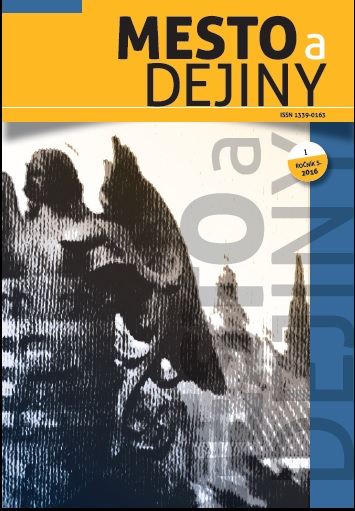
Besides its main tasks – judiciary and executive, the town administration fulfilled a variety of functions ranging from economic production through defense and protection of its citizens, to the development of culture and education. This required oversight and stewardship by municipal dignitaries and extensive system of urban employees. The paper deals with the management of urban employees and town dignitaries responsible for major sectors of town economy, security, health care, culture and other areas of urban living. The author analyzes the position of urban employees and contracts made by town. Management of urban facilities belonged to the main duties of the elected members of the municipal court. Economic facilities (mills, granary), supervision of wine trade, linen weaving or patronage of hospitals represented the main areas of their functions. An important place among municipal employees belonged to servants in judiciary, diplomacy and urban defense. Specific field, financed by the town council, represented the area of art and culture, where painters, masons, organists and trumpeters were employed.
More...
5TH ASSEMBLY OF CR OATISTS IN BRNO; XI. INTERNATIONAL CONFERENCE OF CZECH, SLOVAK AND CZECHOSLOVAK 20TH CENTURY HISTORY; EUROPEAN SOCIAL SCIENCE HISTORY CONFERENCE(ESSHC); PETER CLARK: A GLOBAL PERSPECTIVE ON THE EUROPEAN CITY; 15TH ASSEMBLY OF SLOVAK HISTORICAL SOCIETY AT SLOVAK ACADEMY OF SCIENCES; THE CREATIVE CITY II. CITIES IN INTERA CTIONS; GUEST LECTURES ORGANIZED BY THE DEPARTMENT OF HISTORY, FACULTY OF ARTS, PAVOL JOZEF ŠAFÁRIK UNIVERSITY IN KOŠICE 2015/2016
More...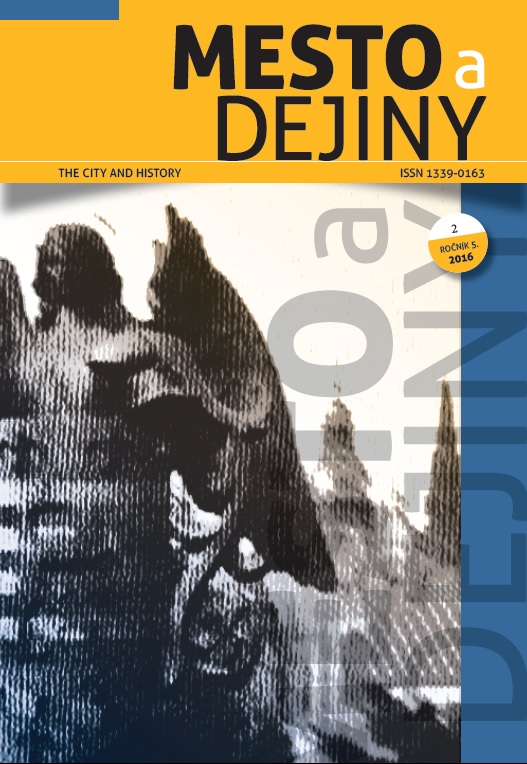
Throughout the world cities after the fall of the totalitarian regimes deal with numerous issues that affect the everyday life of their inhabitants. The cities, which benefited from the economic direction of the totalitarian regime concerning selected sectors of the economy, may become sites on the periphery of events after several years. Conversely, the democratization of post-totalitarian societies associated with the opening of borders, free movement of persons, knowledge and technologies in a short time can affect the development of cities and towns stagnating in the previous era.
More...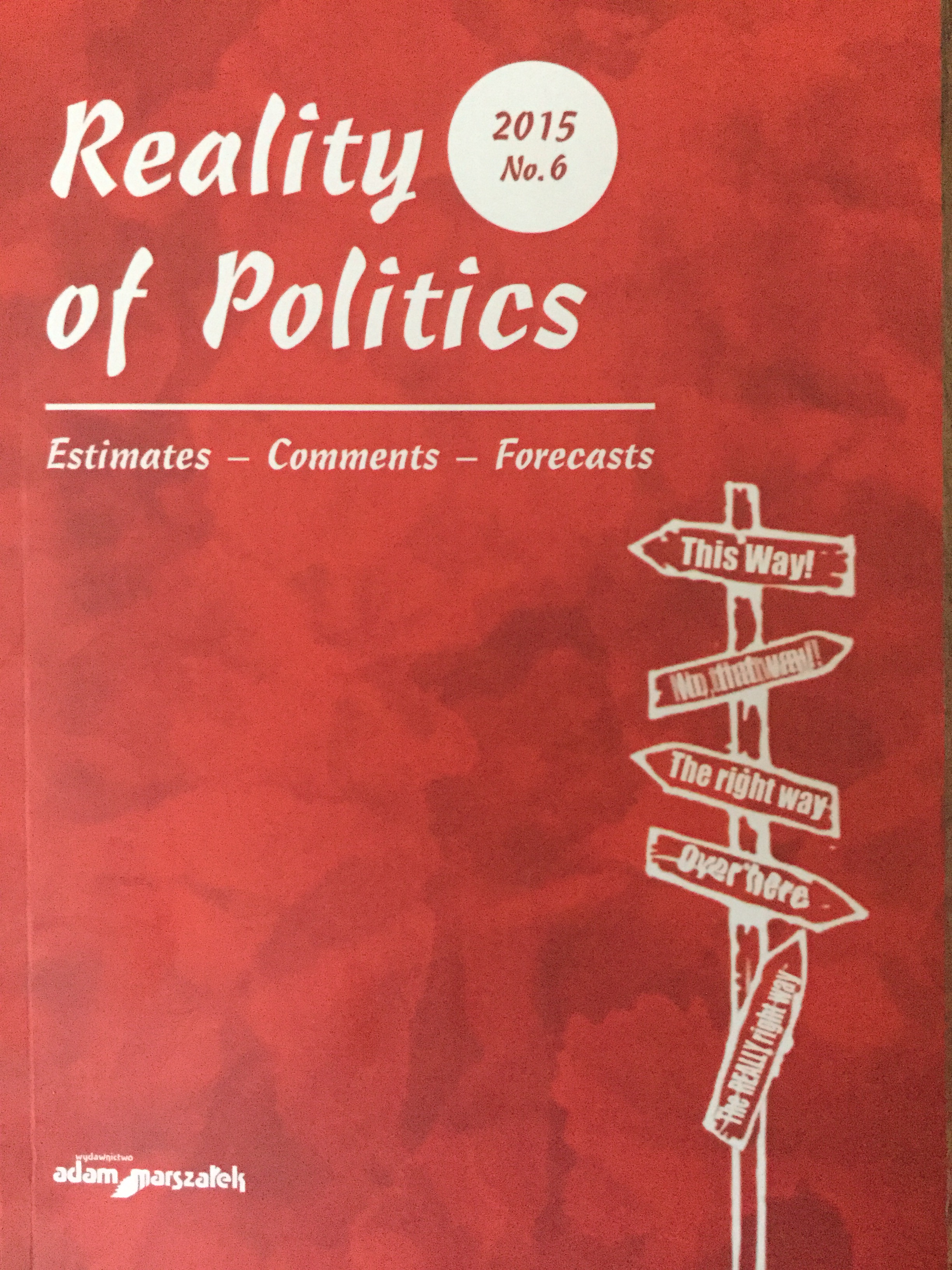
No matter what the reasons are for providing development aid, the “how and where” of the countries doing it influences their image in international relations and testifies to the intelligent power of a country. Helping a country such as Tajikistan is difficult, and not only because of its geographic location or high level of poverty. It is hard to make some changes there (especially in the field of democracy) when a donor country has to face the despotic presidency of Rachmon and the high level of support for Putin's policies. Since 2004 Poland has been providing aid to this country (mainly with the participation of Polish NGOs), regardless of the fact as to whether it was on the list of priority countries or not. What are the main areas of Polish aid there? And what does Poland want and expect to achieve by helping the Tajiks? In this research and analysis the author looks for answers to these two questions.
More...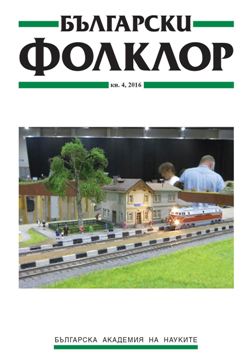
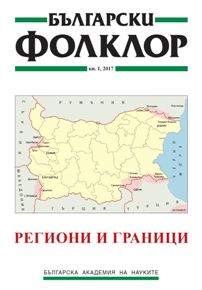
The aim of the article is to provide a possible interpretation of identity in one of the contested border regions on the Balkans well known for the competing politics and interests by the two bordering countries – Bulgaria and Serbia, for the past century. This region is known as „Western Outlands” in the social and political life. The communal memory of the Bulgarian minority in Bosilegrad, Serbia, leads the narration through different historical periods and their respective politics to uncover an identity which has become a survival strategy at the intricate periods. This will reveal a complex picture of the multiple identity levels where the individual and social identity are tightly related and are further shaped by the existing number of internal and external „others.“
More...
The article examines the policy of cross-border cooperation in the field of culture and cultural and historical heritage of the bordering region of Petrich, Bulgaria, and Strumica, Macedonia. For centuries, until their final political division after 1944, the two regions were not familiar with the existence of dividing state border and established close economic, social and cultural relations. However, in the period after 1944, those relations were rendered difficult and for a certain time even completely impeded which led to their strong violation. The political contradictions between Bulgaria and Macedonia (until 1991 part of Yugoslavia) almost completely broke off the contacts and cooperation between the municipalities of Petrich and Strumica. The attempts at their resumption began only after the year of 2000 when the European mechanisms for cross-border cooperation started working. Focusing the attention on joint projects of the two municipalities, the article tries to answer the question to what extent the example of cross-border cooperation presented here achieve the purposes related to cultural and historical heritage and identity and set in the idea of a "Europe of the regions" and which are the main problems and failures.
More...
The paper explores the links between political magination and social memory in the sphere of everyday discourses. During a seven-week long multi-sited fieldwork in Stranja, a mountain region in the southeast corner of Bulgaria, references and allusions to politics were constantly slipping in humour, various other trivial situations and memories of the past. Using a sociolinguistic framework informed by Mikhail Bakhtin I analyse why and in what ways these utterances have ubiquitously infiltrated speech and argue that they reveal a lot about the non-collective and multidirectional character of memory. I discovered that nostalgic recollection, which in academic literature is often believed to be characteristic of European rural margins, is merely a fragment of a more complex mode of remembrance which poses a challenge to the notion that memory can be collective.
More...